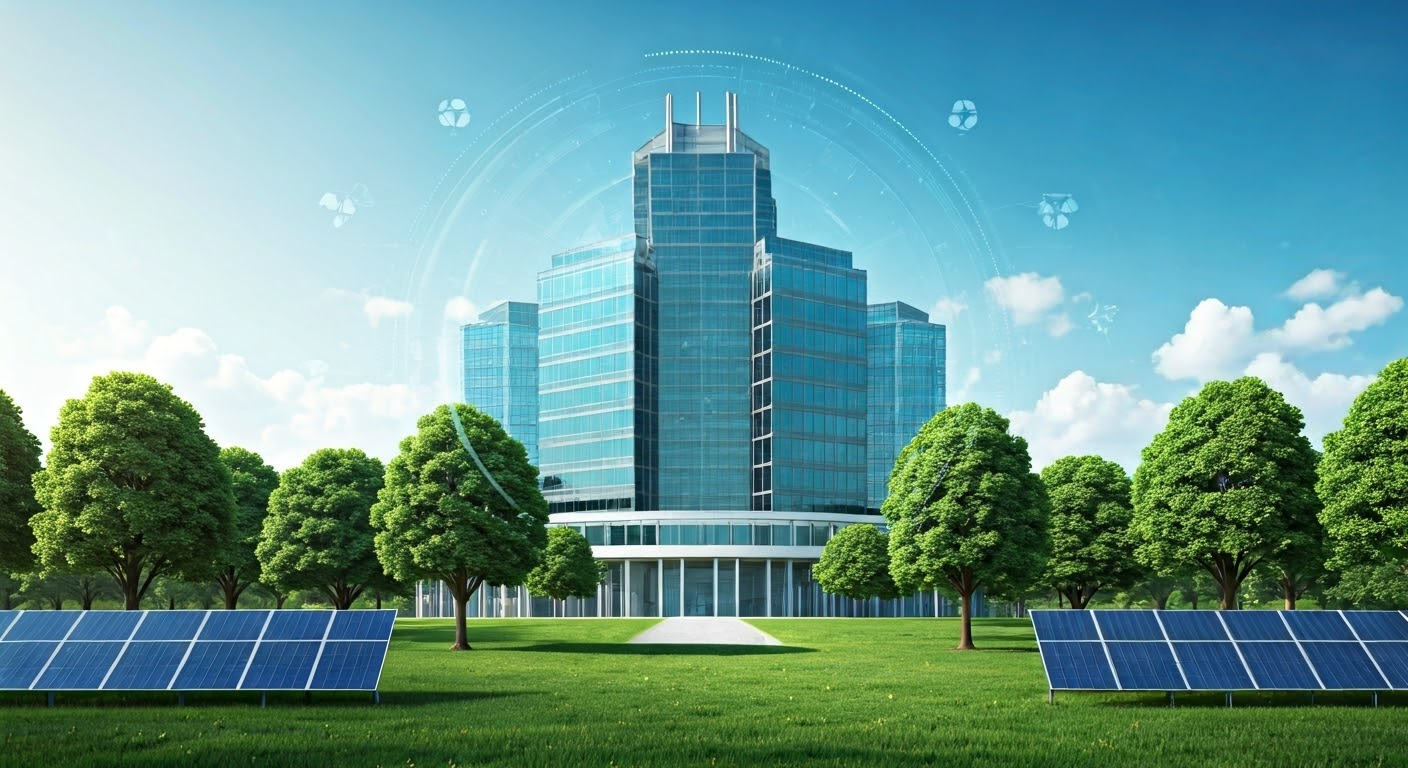Key Highlights
- The EPA plays a pivotal role in safeguarding human health and the environment by enforcing environmental laws.
- Its main areas of focus include tackling air and water pollution, managing hazardous waste, and addressing climate change.
- The EPA strives to ensure environmental justice for all communities, especially those disproportionately affected by pollution.
- The agency achieves its objectives through a mix of regulations, policies, partnerships, and community engagement.
- Citizens can contribute by staying informed, making eco-conscious choices, advocating for change, and participating in EPA programs.
Introduction
The idea of environmental justice is closely connected to basic human rights. The Civil Rights Act of 1964 is important because it stops discrimination. It highlights the right to a clean and healthy environment for everyone, no matter their background. This idea is key to the mission of the Environmental Protection Agency (EPA). This blog will look at the many ways the EPA works to protect our planet. It will also discuss how the EPA helps create a fair and sustainable future for all people.
Understanding the Role of the Environmental Protection Agency

The Environmental Protection Agency (EPA) is an important part of the U.S. government. Its main job is to protect human health and take care of the environment. The EPA was created in 1970. It aims to build a cleaner, healthier, and sustainable world for now and for future generations.
A key part of what the EPA does is making rules. The agency creates and follows regulations based on laws made by Congress. These rules deal with many areas. They include air and water quality, waste management, and how to manage toxic chemicals. All of these things are important for both people’s health and the health of nature.
The Mission and Vision of the EPA
The EPA’s mission is based on a clear and strong idea: to protect human health and the environment. This simple statement describes what the agency stands for and its dedication to helping the public. It understands that a healthy environment is important for people’s well-being, and both must be taken care of together.
A key part of the EPA’s goals is to promote environmental justice. The agency sees that some communities, especially minority and low-income ones, face more pollution and harm to their environments. By focusing on environmental justice, the EPA wants to make sure all communities can enjoy a clean and healthy environment, no matter their race, ethnicity, or income level.
This focus on fairness is not just the right thing to do; it is also necessary. By tackling environmental inequalities, the EPA can reduce risks for the weakest groups. This will help lessen health problems and build healthier communities for everyone.
Key Functions and Regulatory Responsibilities
One main way the EPA carries out its job is by creating and enforcing rules. The agency makes regulations based on laws about the environment that Congress passes. These rules set clear standards and limits for different pollutants and environmental risks. They provide guidelines for industries and businesses to follow.
These regulations address many environmental issues. They include limits on air pollution from factories and safe standards for drinking water. The EPA checks if these rules are followed. They do this by inspecting, gathering data, and taking action when needed. This framework is key to preventing pollution, reducing environmental risks, and holding polluters responsible.
Besides its role in enforcing rules, the EPA also promotes caring for the environment and sustainability. The agency teams up with businesses, states, tribes, and communities. They create programs that are voluntary, give technical help, and encourage responsible environmental practices. This teamwork shows that protecting the environment is a job for everyone, needing active participation from all parts of society.
Major Environmental Challenges and EPA’s Response

The EPA has many environmental challenges to deal with. These challenges are connected and need quick action. Problems like climate change, pollution of air and water, safety of chemicals, and handling waste are complicated. They need complete and flexible solutions.
To tackle these issues, the agency uses various methods. They combine scientific research, strong law enforcement, and working with communities to create good policies and solutions. The next sections will look at some major environmental issues and what the EPA is doing to solve them.
Climate Change Initiatives and Policies
The EPA knows climate change is a big deal, so they are working hard to reduce its effects and create a better future. They see climate change as a real danger to people’s health, nature, and the economy. To address these problems, they have many plans in place.
A big part of the EPA’s approach is to reduce greenhouse gas emissions like carbon dioxide and methane. These gases play a major role in global warming. Here are some of their main actions:
- Setting rules for carbon emissions from cars and power plants.
- Encouraging energy efficiency and using renewable energy sources.
- Putting money into research for climate-friendly technologies.
The EPA also focuses on helping communities adapt to the effects of climate change that are already happening. They work on making communities stronger against bad weather, rising sea levels, and other challenges. This includes giving advice on building better infrastructure, managing water resources, and preparing for public health issues.
Efforts in Water and Air Quality Improvement
Clean air and water are fundamental to human health and well-being. The EPA plays a crucial role in safeguarding these resources by setting standards, monitoring quality, and implementing programs to reduce pollution.
The EPA sets limits on a wide array of air pollutants, including:
| Pollutant | Source | Health and Environmental Concerns |
| Ozone | Vehicle emissions, industrial facilities | Respiratory problems, damage to crops and ecosystems |
| Particulate Matter | Combustion, industrial processes | Respiratory and cardiovascular issues |
| Carbon Monoxide | Incomplete combustion | Reduces oxygen in the blood, heart problems |
The agency also works to protect sources of drinking water, ensuring its safety by setting standards for over 90 contaminants, including bacteria, viruses, and toxic chemicals.
Furthermore, the EPA collaborates with industries and municipalities to reduce pollution at its source, promoting best practices and innovative technologies. These efforts are crucial in mitigating risks associated with air and water pollution, ensuring access to clean and safe resources for all.
Conclusion
In conclusion, it is important to know how the Environmental Protection Agency (EPA) helps protect our environment. The EPA works on issues like climate change and making air and water cleaner. This group is essential for keeping our planet safe for future generations. If we support EPA projects and join in with efforts to save the environment, we can all help create a healthier world. Let’s take action, both alone and together, to support the EPA’s mission. We should aim for a cleaner and greener future for everyone.
Frequently Asked Questions
What are the primary goals of the Environmental Protection Agency?
The main goals of the Environmental Protection Agency (EPA) are to keep human health safe and protect the environment. The EPA does this by making rules and making sure they are followed. They also support environmental justice and work together to solve environmental issues.
How does the EPA regulate air and water pollution?
The EPA controls air and water pollution. They do this by setting limits on harmful substances. They also watch over air and water quality. Additionally, the EPA starts programs to cut down pollution from different sources. These rules and actions help keep our air and water safe for everyone.
What are some recent initiatives taken by the EPA to combat climate change?
The EPA is working on climate change. They have plans to cut methane emissions. They are also setting rules for emissions from vehicles and power plants. Additionally, they are promoting renewable energy and energy-saving methods. These steps focus on the main causes of climate change.
How can individuals and communities get involved with or support EPA initiatives?
- People and communities can help EPA efforts by staying updated on environmental issues.
- They can make eco-friendly choices every day.
- Advocating for environmental policies is also important.
- Joining local environmental programs is another way to get involved.


